Scenes From the City
Back to Books

A complex, many-sided portrait of New York, shot on location in films and television over the past half-century, capturing the fine-grained fabric of the city as well as the powerful changes that have reshaped it in that time.
Scenes From the City: Filmmaking in New York, with contributions by Martin Scorsese and Nora Ephron, offers an evocative survey of the metropolitan landscape over the past five decades, rendered in hundreds of feature films and television shows. Published by Rizzoli, the book was produced in association with the NYC Mayor’s Office of Media and Entertainment in 2006 to mark the 40th anniversary of the agency—the first of its kind in the world—whose founding in 1966 had sparked an explosion in film production in New York. A revised and expanded edition of the book was published in in 2014.
Sam Roberts, New York Times
Scott Eyman, New York Observer
#Mythic Places
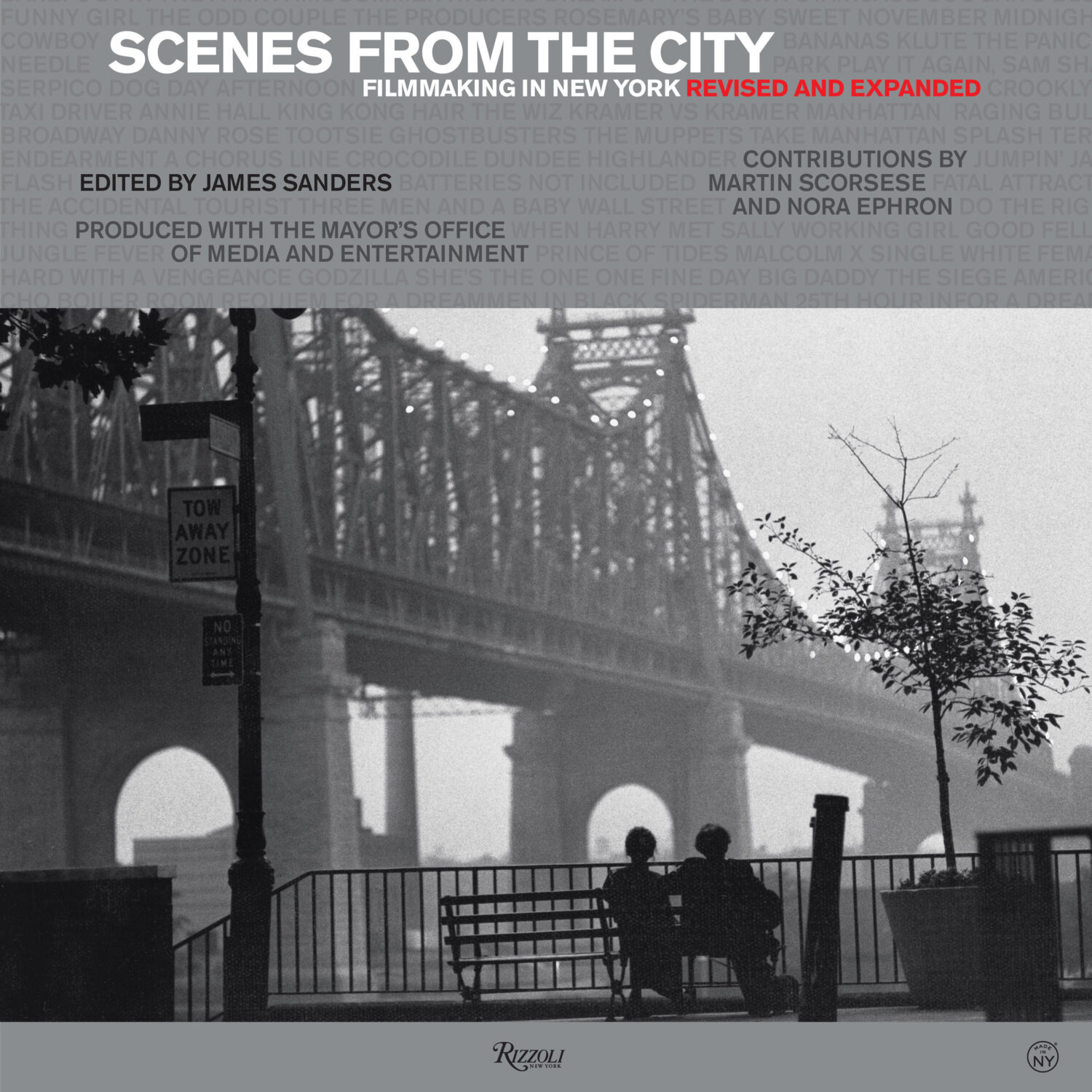

Where Celluloid Skyline conjures a “mythic New York” of the imagination, built of a century of feature films, Scenes From the City offers a survey of the real place, presented on screen since the late 1940s by filmmakers drawn to shoot in the actual streets, sidewalks, rooftops, and open spaces of the city, in such films as An Unmarried Woman (opening image), Manhattan (above, left), and West Side Story (above, right).
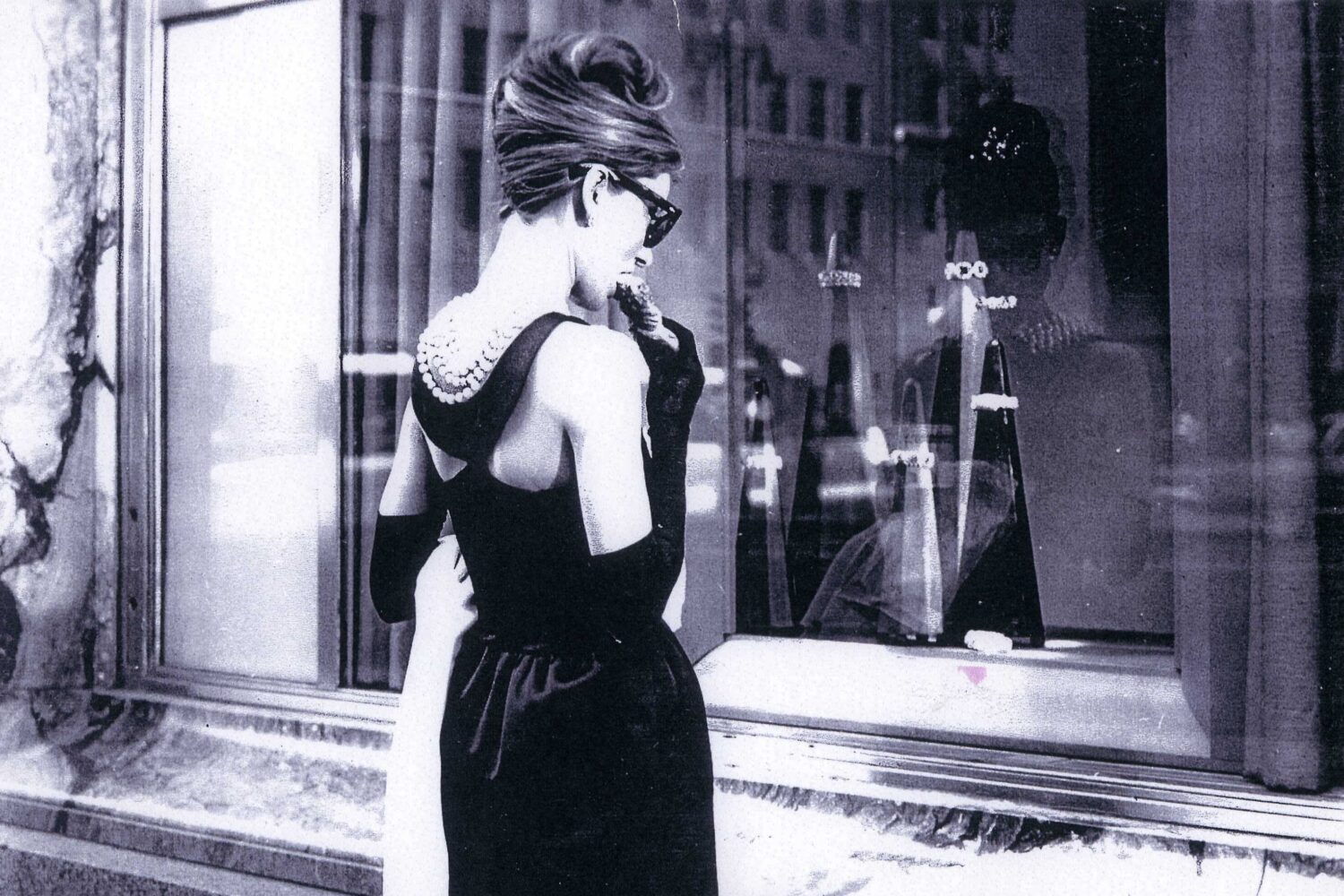
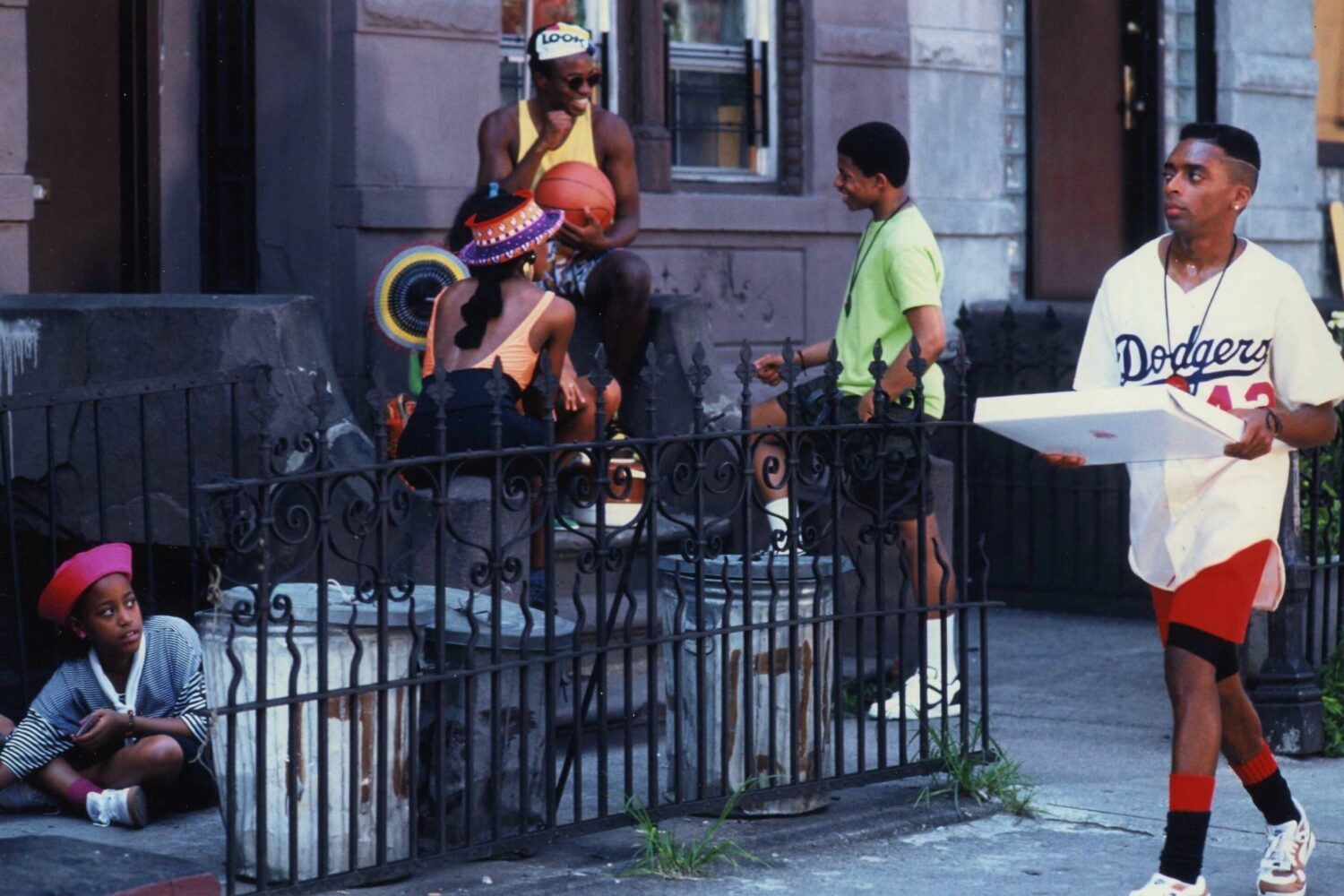
Featuring three hundred images from 250 feature films and TV series, along with the insights of directors, producers, actors, art directors, cinematographers, and other moviemakers, Scenes From the City charts the rise of a new kind of filmmaking in New York the postwar era—one that would forever change the look and feel of American movies—even as it renders the evolving texture the texture and character of the city itself, from the elegant Fifth Avenue of Breakfast at Tiffany’s (1961) to the brownstone streetscape of Brooklyn’s Bedford-Stuyvesant in Do the Right Thing (1989).
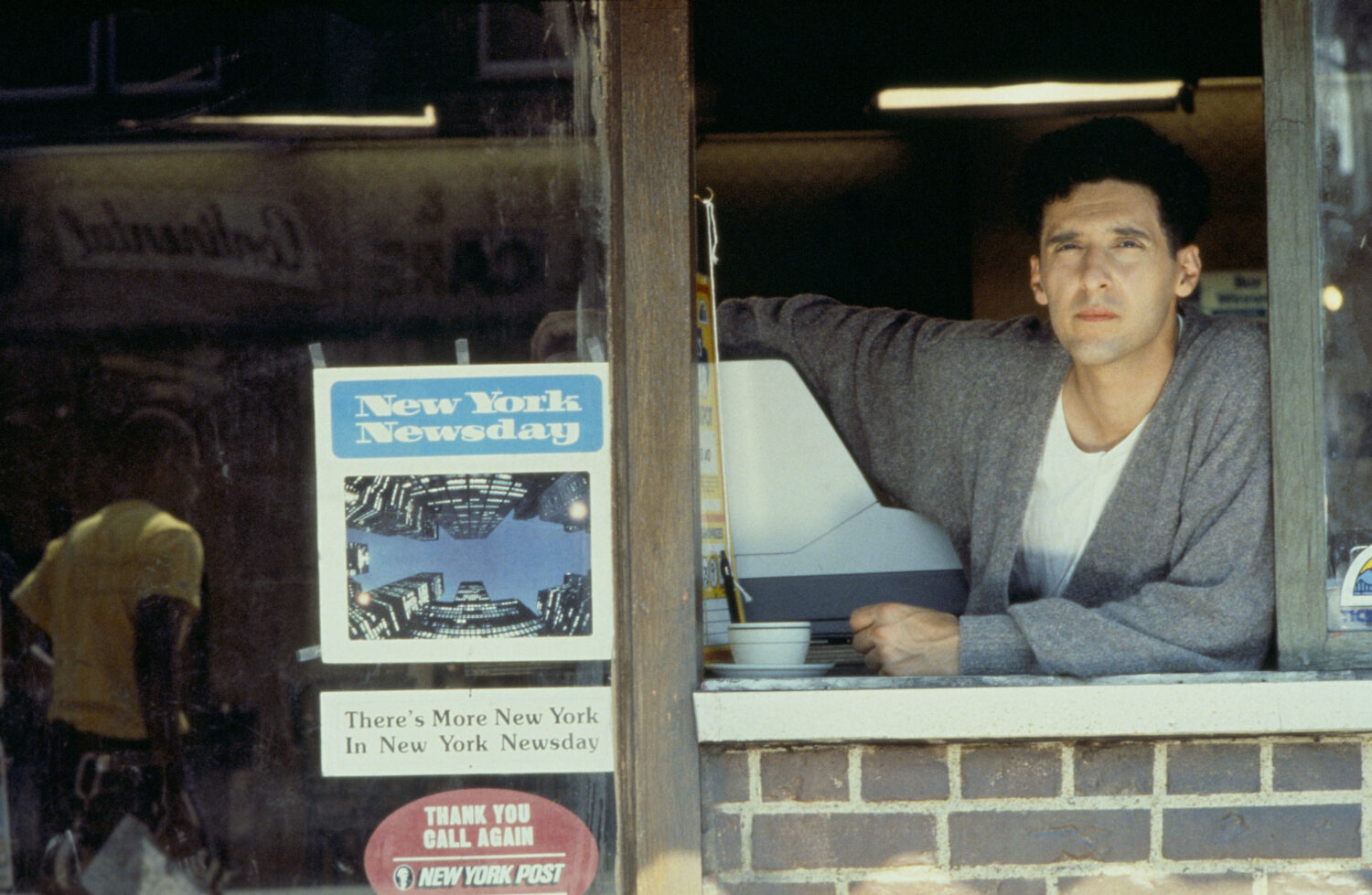
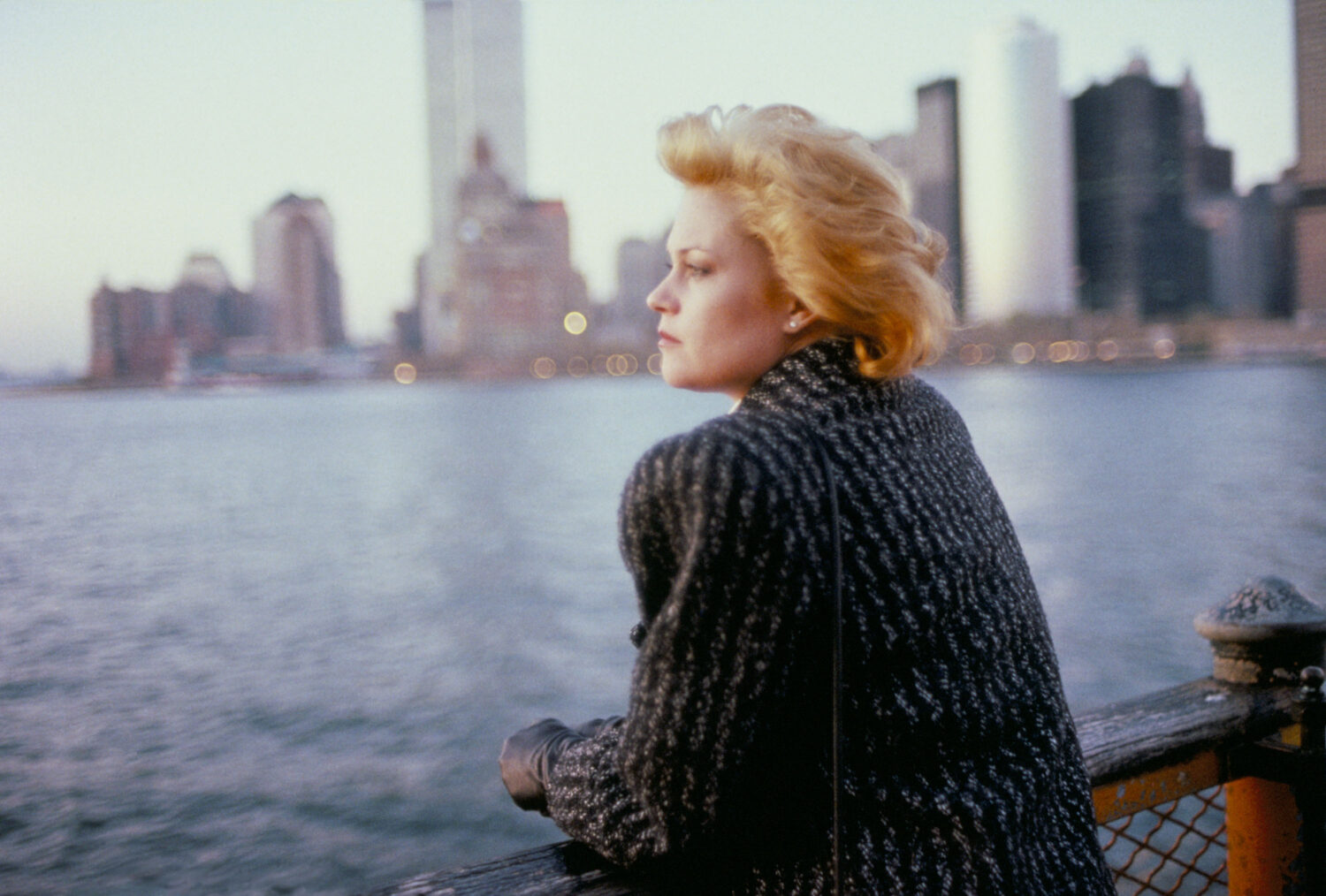
Recognizing that New York, like all cities, exists in both time and space, Scenes from the City balances chronology and geography in its counterpointed structure. Within its primary, forward-moving framework, proceeding decade by decade from the mid-1960s onward, the book touches down regularly to explore closely various areas of the five boroughs: Coney Island to SoHo, Central Park to the Bronx, Greenwich Village to Brooklyn. In finer detail still, the book recalls some of the poignant urban moments caught on celluloid over the past half century, from John Turturro manning the window of a Brooklyn deli in Jungle Fever (1991) to Melanie Griffith in reverie on the Staten Island Ferry in Working Girl (1989).
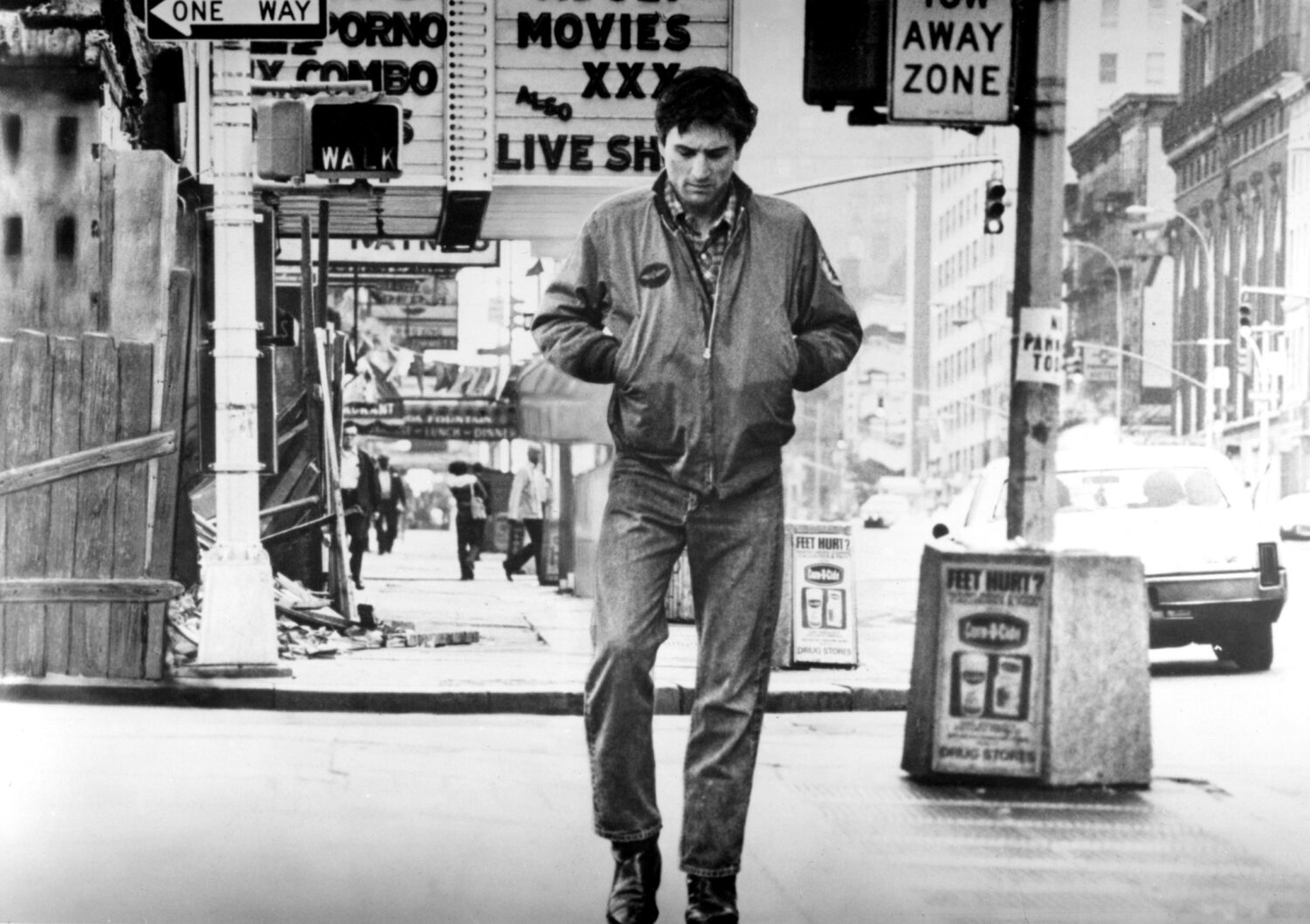
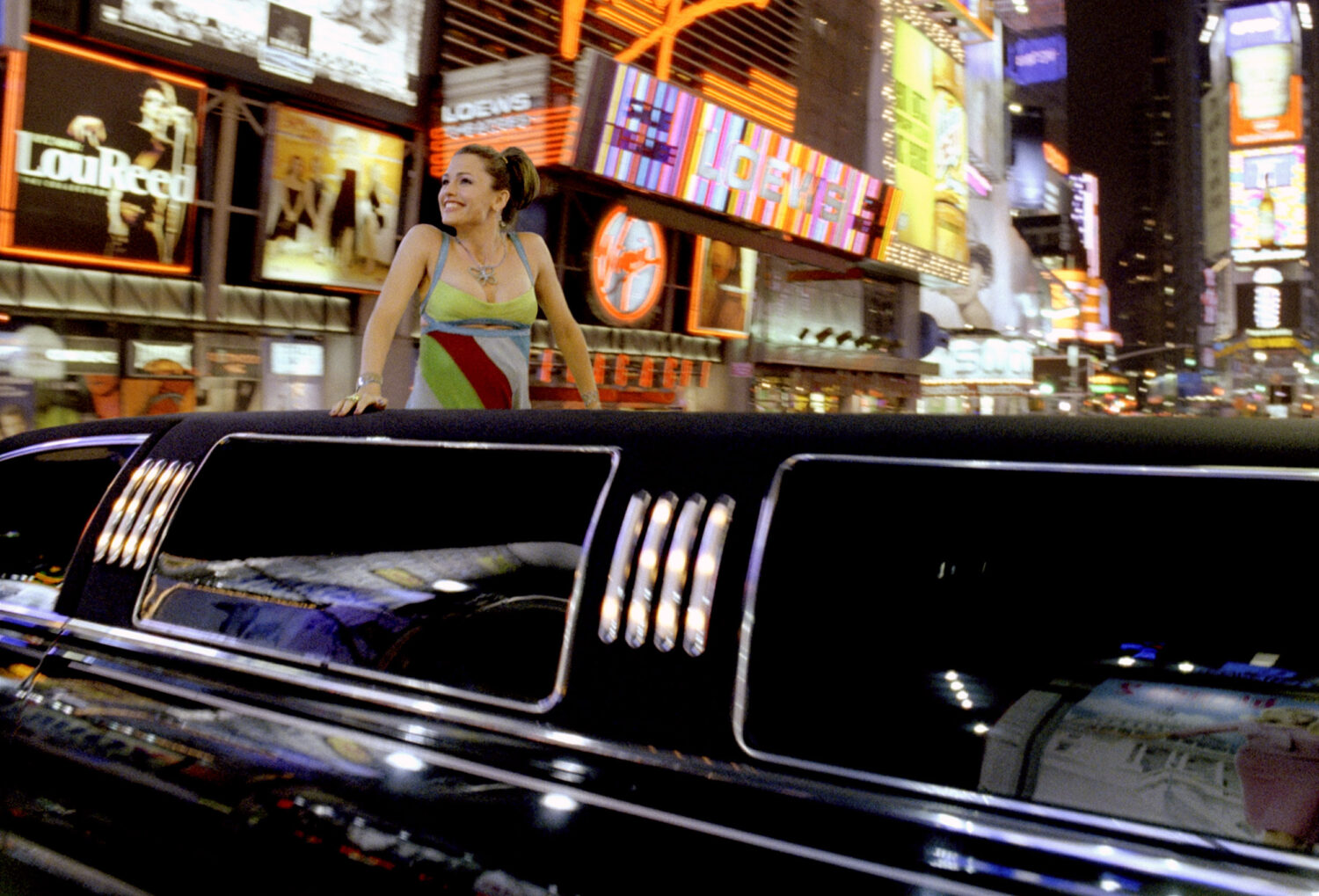
As it unfolds, Scenes From the City inevitably reveals the enormous changes New York has experienced over the last half century—especially the startling and unexpected transformation from the disorderly, crime-ridden city of the late 1960s and 1970s, which reached a kind of intense, even hallucinatory apotheosis in films of that era—including 1975’s Taxi Driver (above, left), to the secure, family-friendly playground of the 21st century, which enjoyed its own cultural blossoming in films such as 2004’s 13 Going on 30 (above, right).
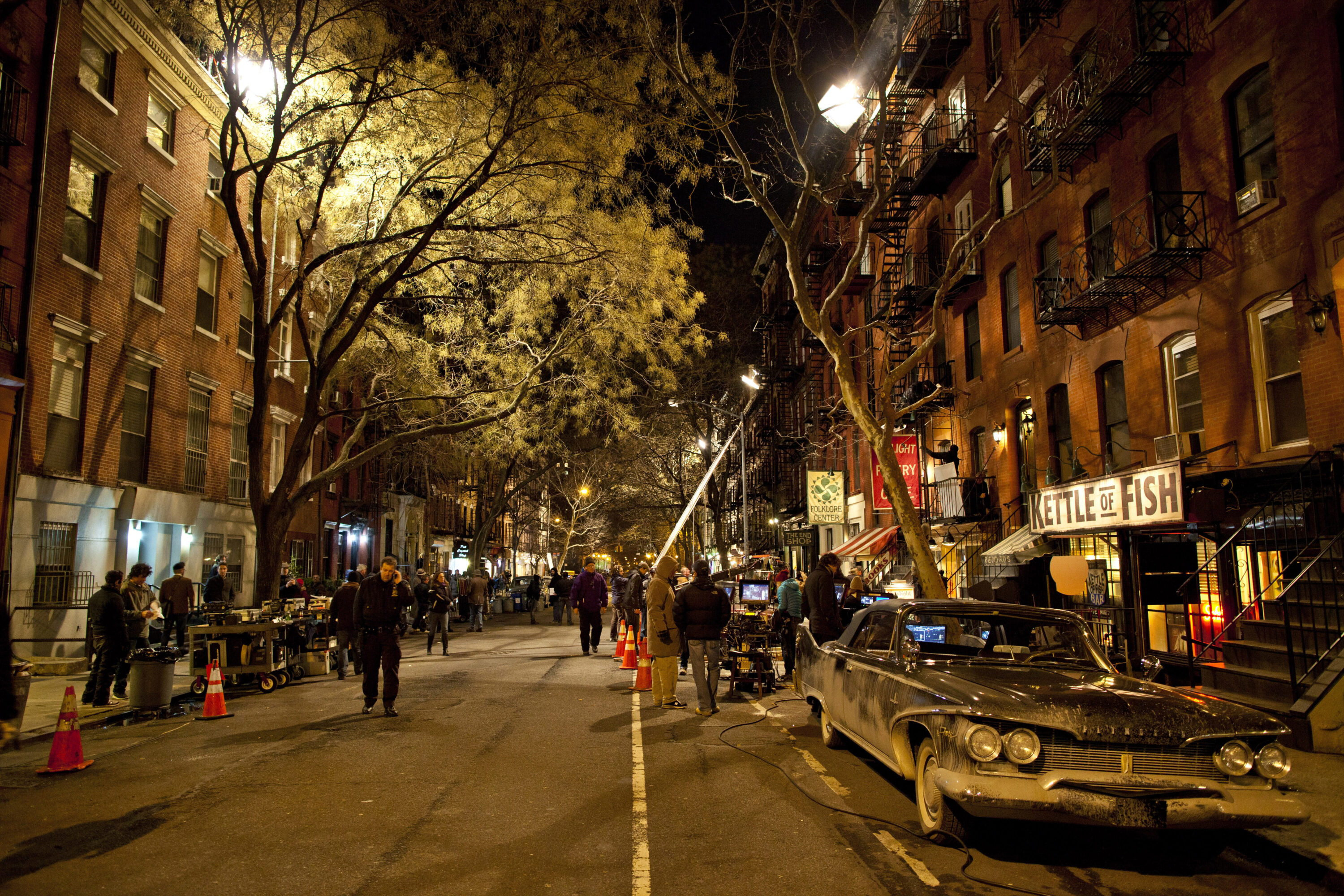
A final thread of Scenes from the City traces the evolution—technical, logistical, creative—of location filmmaking itself, from the quasi-improvisational techniques of the 1960s to the large-scale production approach of the recent decades, such as the night shoot of Inside Llewelyn Davis (2013). The book seeks, ultimately, to allow readers to enter the very heart of the astonishing enterprise of bringing cameras, lights, equipment, crew, and some of the world’s most famous faces onto the streets of one of the busiest, most dynamic and most compelling “stages” on earth: New York.